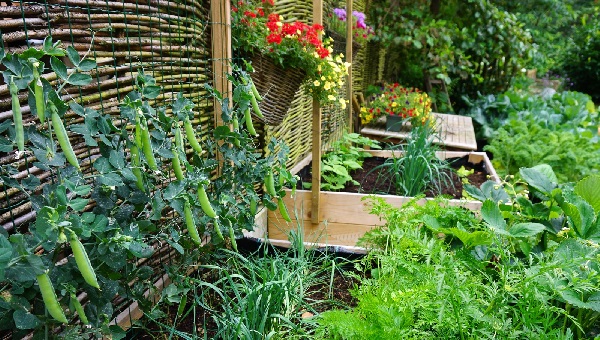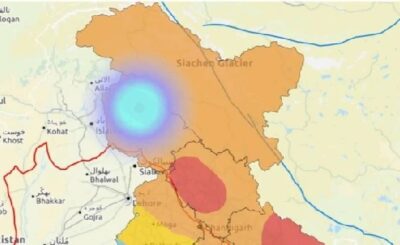Health Matters
Concerns about climate change are growing globally and the move to gather national capabilities to respond to the crisis is taking its shape. In response, the Korea Forest Service is paying attention to the role of forests in combating the climate crisis and implementing carbon neutrality.
Gardening activity has a healing effect from allowing city dwellers to interact with nature. Forest or agriculture healing programs are usually conducted in the suburbs. Meanwhile, the advantage of garden healing is that individuals can participate in it periodically and regularly as part of their everyday lives. It is especially a great option for those who have poor walking mobility. Gardening activities — such as digging the soil and taking care of trees — improve physical condition and muscle strength. They also help to build connections with others through collaborative work. In addition, nature experiences — caring for plants and observing animals — bring emotional stability.
The Korea National Arboretum is a national research institute under the Korea Forest Service, managing the Gwangneung forest which has been preserved since 1468, when it was designated as the tomb of King Sejo, the seventh king of the Joseon Dynasty. It is situated in the center of the Gwangneung forest, in Pocheon, Gyeonggi Province, surrounded by Sori Peak (536.8 meters in height) in the center, Cheonkyeomsan (392 meters) in the south, and Yongamsan (479.6 meters) in the west.
The thematic gardens were completed in 1987. There are 24 of them, including the Ornamental Trees Garden, the Flower Tree Garden, and the Wetland Garden. The gardens, covering 102 hectares, are home to 3,873 different species. The arboretum also has the Forest Museum, the National Herbarium and Seed Bank, and the Tropical Plant Resources Research Center.
Korea National Arboretumhas secured extensive seasonal observation data that is crucial for predicting the impact of climate change and understanding the terrestrial ecosystem.
The information predicts the growing seasons, including the blooming dates of spring flowers and the fall foliage map. It also prepares the natural habitat conservation strategy through the seasonal monitoring of species vulnerable to climate change. Additionally, a restoration model for forest degradation, as well as research on forest genetic resource protection zone and forest wetland conservation are being developed and carried out through plant collection and reproduction studies.








